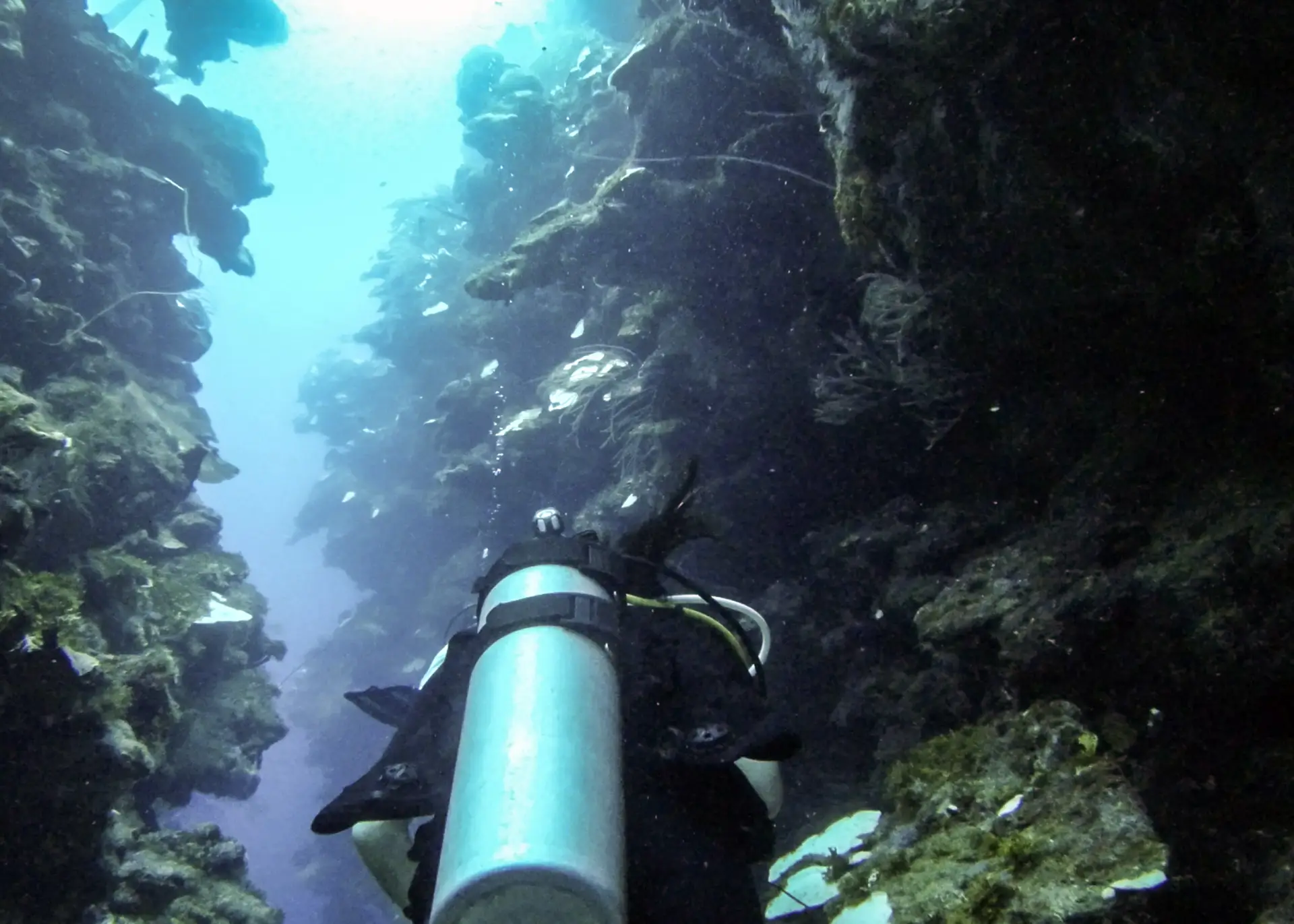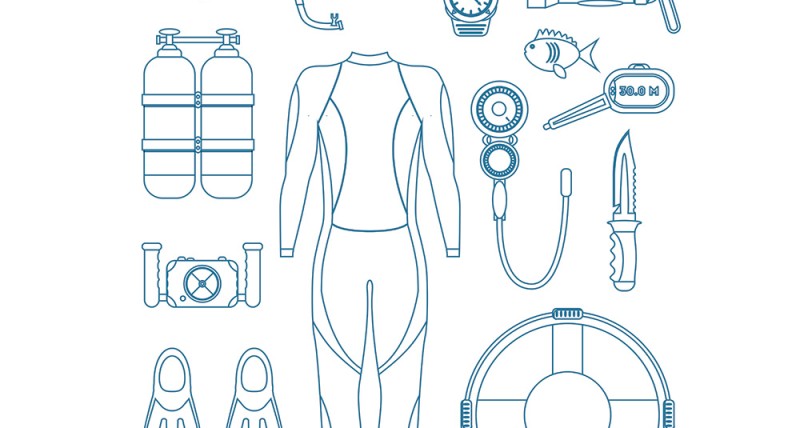On the day our ship docked in Roatan, the weather wasn’t exactly what you’d hope for on a tropical island—rain was pouring down, heavy at times. Despite the wet conditions, with no thunder or lightning in sight, our dive was a go. The rain added a unique ambiance to the day, and I couldn’t have been more excited to explore one of the world’s best dive sites: Mary’s Place.
The Allure of Mary’s Place
Located on the southern side of Roatan near Brick Bay, Mary’s Place is renowned among divers for its incredible underwater topography and rich marine life. This dive site has earned its reputation as a must-see, not just for its beauty, but also for the adventure it offers. The site features two cracks in the reef, adorned with fascinating coral formations that make every dive here feel like an exploration into another world.
The story behind the name adds a charming touch to the site. It was initially dubbed “Mary’s Crack” by a daring diver in honor of his wife, Mary. Realizing the name might not capture the site’s grandeur, he wisely renamed it “Mary’s Place”—a title that quickly spread by word of mouth, making it a well-known destination for divers across Roatan.
What’s particularly nice about Mary’s Place is that it isn’t usually crowded. Its location, far from the main dive hubs of West End and West Bay, means that only those truly determined to experience it make the journey. This often results in a more tranquil dive, especially when the weather is less than ideal. On rainy days like the one we experienced, the south side of the island is often calmer, providing a perfect diving environment.
The Thrill of Vertical Walls
Descending along the vertical walls of Mary’s Place is an experience akin to underwater base jumping. The walls are steep and sheer, dropping off dramatically to a depth of 120 feet before transitioning into a sandy slope that disappears into the abyss. As you descend, you’ll be treated to views of deepwater sea fans swaying gently in the current, and if you look closely, you might spot a channel clinging crab nestled in a crevice.
This dive site is a dream for those who appreciate dramatic underwater landscapes. The walls are lined with vibrant corals and sponges, each adding a splash of color to the blue depths. The sense of free-falling as you descend is exhilarating, and the sheer scale of the walls gives you a profound appreciation for the underwater world.
Navigating the Swimthroughs
The swimthroughs at Mary’s Place are like a journey through an underwater garden. As you glide through these narrow passages, you’ll be surrounded by lush green Hanging Vine algae draping from overhangs, and Bushy Black Coral adding texture to the scene. The walls are dotted with Azure Vase Sponges and Giant Barrel Sponges, each one a testament to the site’s thriving ecosystem.
Mangrove snappers and groupers often accompany divers through the swimthroughs, their presence adding to the sense of being guided through this underwater wonderland. The sunlight filtering down through the crevices creates a stunning display, illuminating your path and highlighting the vivid colors of the marine life. It’s a moment where you feel truly immersed in the beauty of the ocean.
Dive Brief: What You Need to Know
Mary’s Place is famous for its vertical reef walls that encircle a plateau, descending to depths of 120 feet and beyond. The site is known for its abundance of Black Coral, and the complex system of deep crevices makes it a paradise for divers. However, it’s essential to use caution when navigating the swimthroughs and cracks—buoyancy control is crucial to avoid damaging the coral or getting too close to the walls.
Despite the rain on our dive day, Mary’s Place lived up to its reputation. The underwater landscape, coupled with the site’s rich marine life and the sense of adventure it offers, made for an unforgettable experience. If you’re patient enough to wait for a trip to this site, or if you find yourself diving in less-than-perfect weather, Mary’s Place is the kind of dive that reminds you why you fell in love with scuba diving in the first place.



